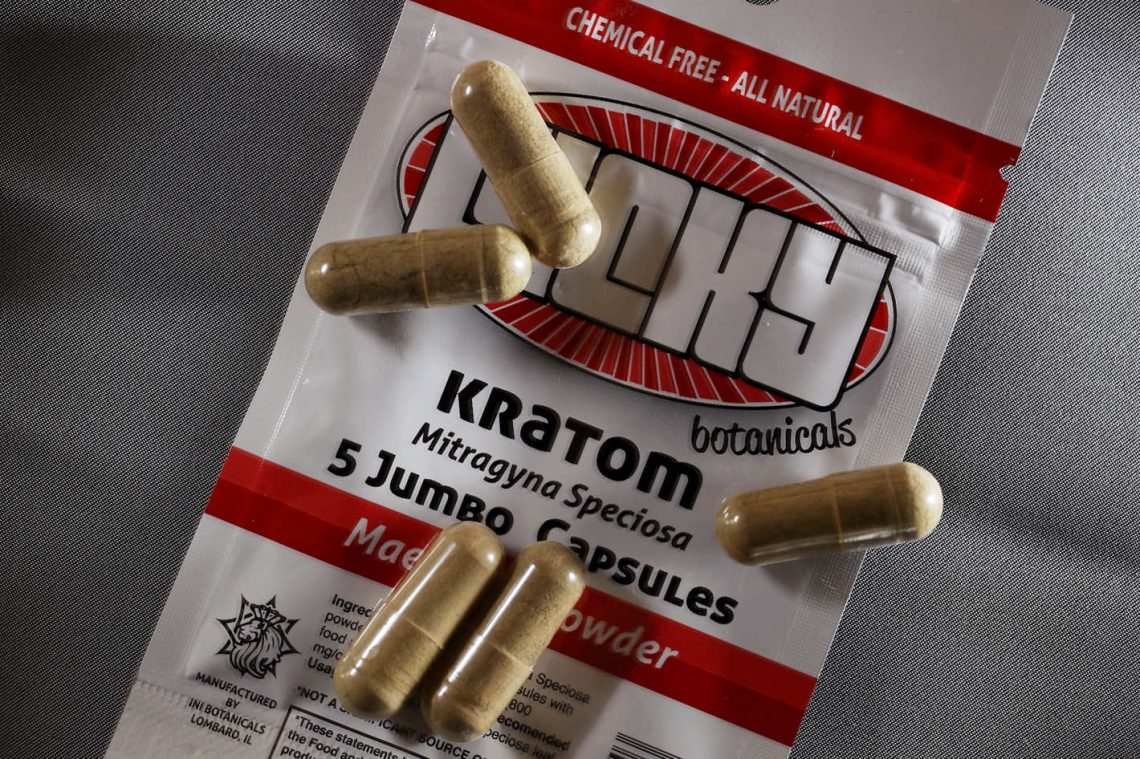You may have seen the word “kratom” flying around the web in recent weeks, and though it sounds like it could be a comic-book villain, it’s actually a tree in the coffee family found in Southeast Asia. For hundreds of years, people have used its leaves to make tea or capsules in order to relieve pain and improve mood. More recently, people have embraced it as a treatment for conditions like depression and post-traumatic stress disorder, but government officials are increasingly concerned about the psychoactive substance and the U.S. Drug Enforcement Agency has moved to ban it, at least temporarily. Here’s what you need to know.
How does kratom work?
Kratom activates some of the same receptors as opioid drugs. In small doses, it acts like a stimulant, and in larger doses it has sedative effects. What’s appealing to many users is that, unlike opioids, kratom does not seem to be associated with slowed breathing (a.k.a. respiratory depression), which is the cause of many opioid deaths, and it’s thought to be less addictive.
Okay, but what are the downsides?
Yes. It can cause nausea, itching, and sweating, and some users have reported psychotic symptoms and dependency. Others have had seizures, usually when taking other drugs. The Centers for Disease Control and Prevention reported a jump in calls to poison-control centers from 2010 to 2015, and there have been 15 known kratom-associated deaths between 2014 and 2016.
Plus, doctors feared that people were using kratom to wean themselves off opioid drugs or alcohol without seeking professional help. The National Institutes of Health says that the substance hasn’t been proven safe and effective for this purpose. And there’s the pervasive fear of adulteration in such an unregulated product.
So what do health officials think?
The U.S. Food and Drug Administration has warned people not to take kratom. At the end of August, the DEA announced that it would temporarily classify two of kratom’s chemicals — mitragynine and 7-hydroxymitragynineit — as Schedule I drugs, alongside heroin, LSD, ecstasy, and marijuana. This designation is reserved for drugs with “no currently accepted medical use and a high potential for abuse.” (And, yes, marijuana is still on this list somehow.)
The DEA can temporarily classify substances as Schedule I (essentially banning them) for up to two years if it believes they present a public health threat. After studying them, the agency could maintain or remove the ban. The classification was set to take place no sooner than September 30.
Has it happened yet?
No; there was a pretty big backlash to the initial announcement. Some researchers don’t agree that kratom is a threat — in fact it’s something they’re studying in the hopes of creating non-addictive painkillers to address the country’s opioid crisis. A Schedule I classification would only slow down their research. More than 140,000 people signed a White House petition asking the Obama administration to reconsider the move and at least 50 members of Congress slammed the DEA for taking emergency action on a plant substance without the customary call for public comment.
What’s the latest?
Us News reported on Friday that DEA Acting Administrator Chuck Rosenberg said the agency would postpone its scheduling of kratom and will instead open a modified public-comment period; details on the length and timing were not provided. One thing’s for sure: The DEA will be getting an earful from all sides.







